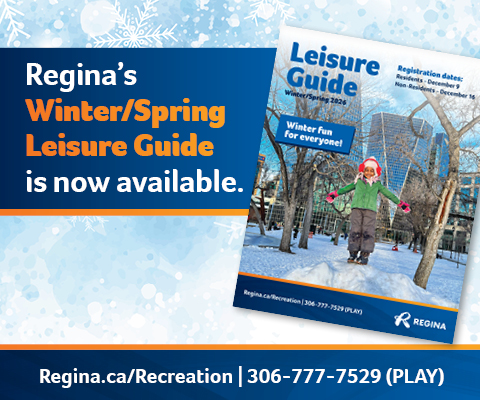What is changing with curbside recycling?
Effective July 1, 2025, SK Recycles https://skrecycles.ca/ will take over responsibility for processing recyclable materials. This means the items accepted in your blue cart will change. The City will remain your service provider for collection, continuing to manage blue carts, billing, collection schedules, and education.
Key changes:
- Glass and Nespresso pods are no longer accepted in the blue cart
- New items that will be accepted in the blue cart include ice cream containers, paper cups and lids (recycle both, but separate first), gift bags (remove handles), floss containers, and tape dispensers.
- These items can now be taken to SARCAN for recycling: Glass, flexible plastics (plastic bags, wrap, bread bags, frozen food bags, chip bags), and Foam packaging. Visit https://sarcan.ca/ for more information
Why is it important to recycle?
Recycling is important because it saves natural resources, reduces the need for mining and harvesting new materials, lowers production costs, creates jobs, and helps keep our Landfill from filling up too quickly.
How are the accepted items determined?
SK Recycles determines the accepted item list. Please visit https://skrecycles.ca/ for more information.
Is there any change to the waste user fee if the City is no longer responsible for processing?
The City will be accessing the waste user fee considering changes to the recycling and food and yard waste services and changes will be reflected in the 2026 budget.
Why can’t all plastics go in the Blue Cart? What does the symbol mean?
Not all plastics are recyclable. Some unacceptable plastics include plastic bags, chip bags, and foam packaging. (these are accepted at SARCAN)
The symbol showing a triangle with a number inside is used by industry to differentiate between the types of resin found in plastics. The presence of a symbol doesn’t guarantee an item is recyclable because it depends on if there is a market for it.
Sometimes I’m not sure if an item is recyclable. What’s wrong with putting it in the Blue Cart and letting the recycling facility figure it out?
This behaviour is called ‘wishcycling’. Although it stems from the best intentions, the problem with wishcycling is that wishcycled items are considered contamination. The higher the contamination the greater the cost. The City has to meet a contamination threshold or the City will have to pay Service Level Failure Credits that could impact the waste user fee.
By recycling correctly, we can help keep the cost of the program low.
Check out the Waste Wizard tool to find out what items are accepted in the Blue Cart.
Some items that are recyclable in other programs can’t go into the Blue Cart. Why not?
The Curbside Recycling Collection program was designed to handle household paper and packaging.
Other programs exist for many other recyclables including electronics, batteries, light bulbs, and scrap metal.
Check with the Waste Wizard tool to learn about disposal options for items.
Why can’t I leave extra recyclables beside my Blue Cart for collection?
Recyclables must be placed inside your Blue Cart with the lid closed to keep the items dry. Recyclables tend to be light and may be blown by the wind and create litter.
If you have extra recycling, hold on to it until the next collection day, or bring the items to a Big Blue Bin Depot, or try flattening any boxes to make space in your Blue Cart.
Why can’t plastic bags go in the Blue Cart?
Plastic bags are not accepted in the blue cart because the cart collects items all together that then have to be sorted at the facility. Plastic bags or plastic film is not easy to sort out at the facility and can get mixed in with other items lowering the market value. Plastic bags/film need to be collected separately to be recycled effectively. Plastic bags can be taken to SARCAN for recycling. Check the Waste Wizard tool for other disposal options.




